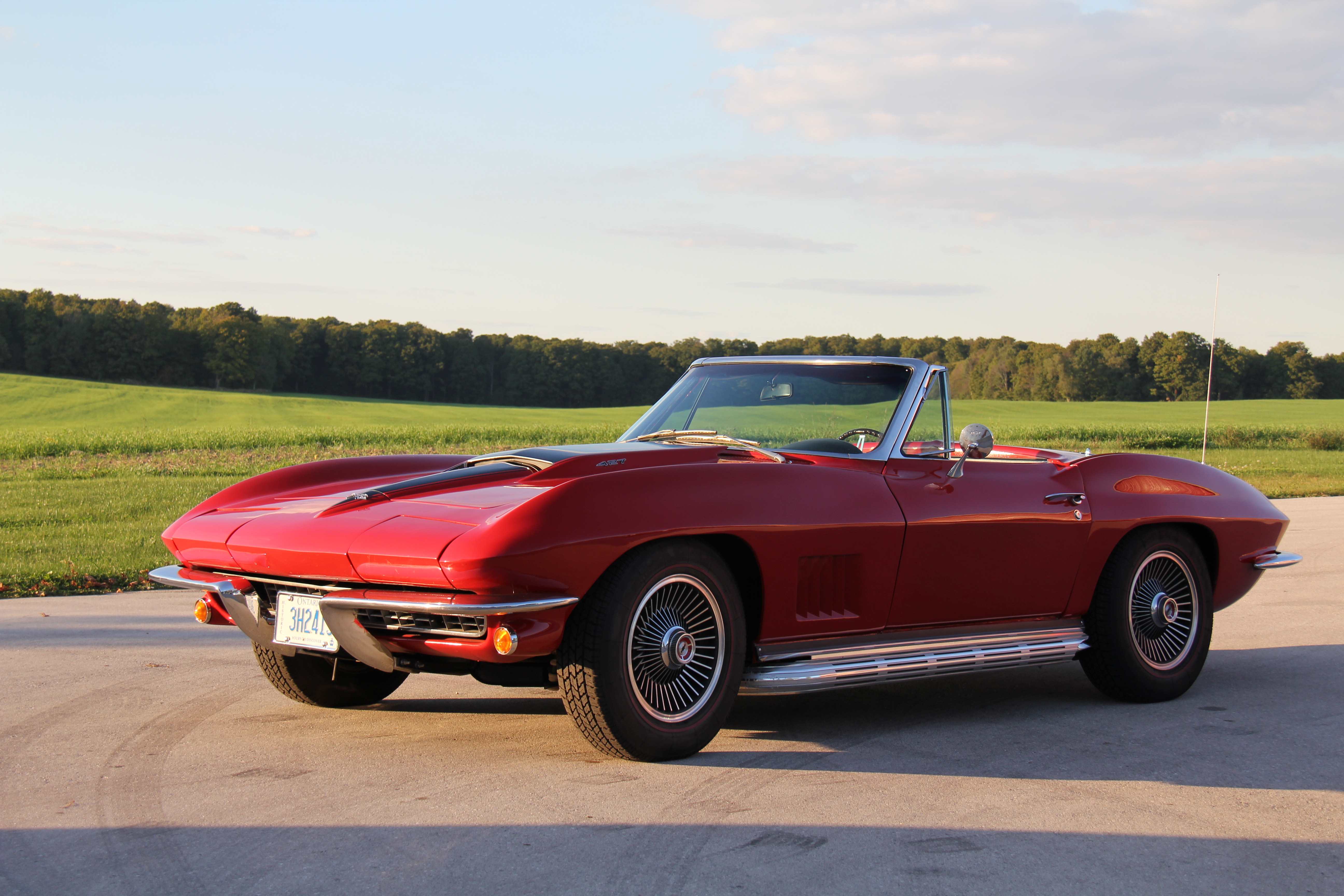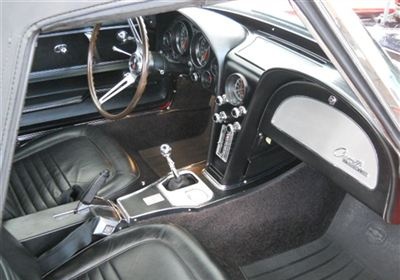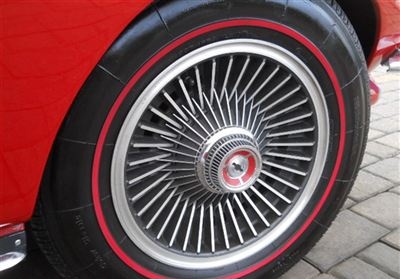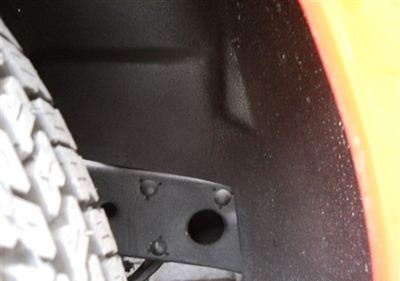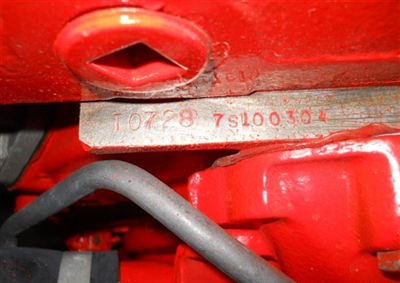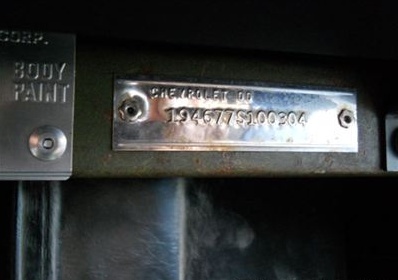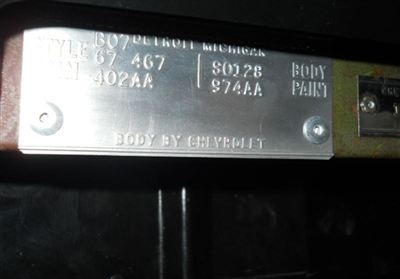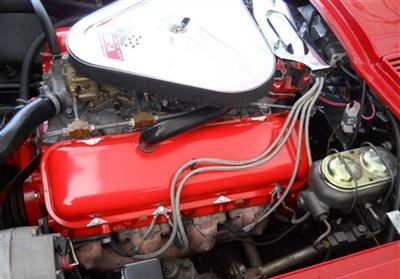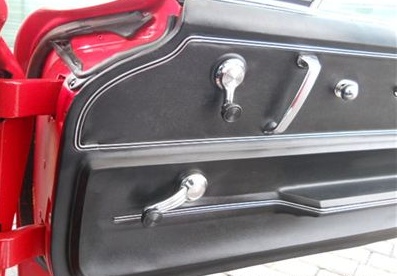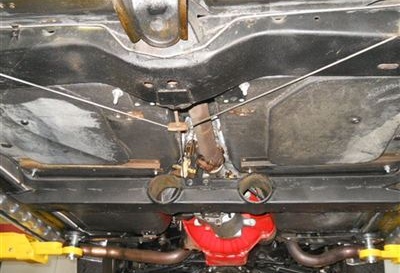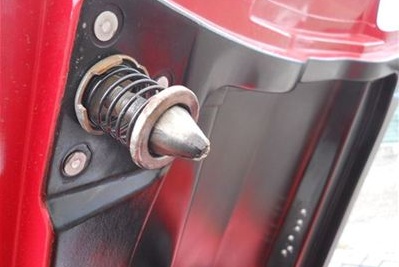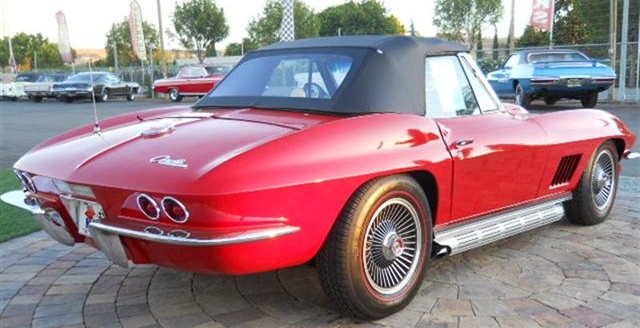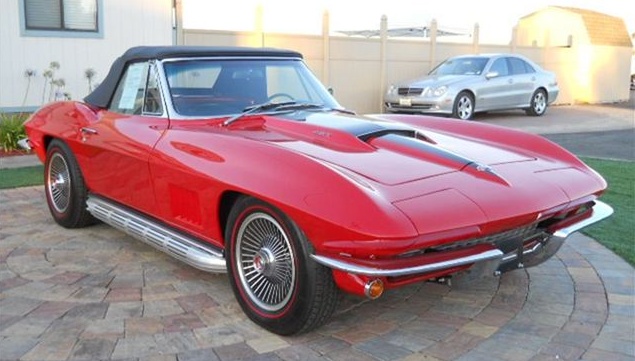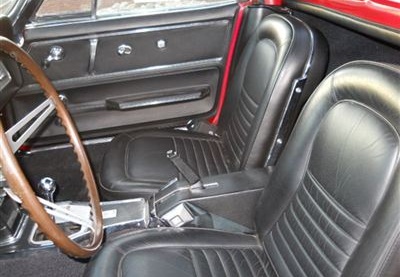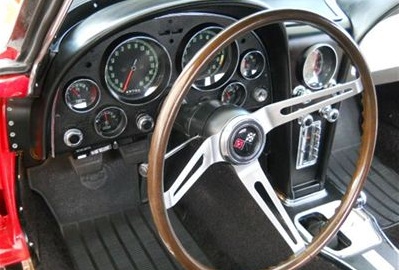1967 CORVETTE 427/435 ROADSTER 4 SPEED NO 46
The last of the Second Generation of Corvette, and the five years of experience made the 1967 the best of the line. Called the Corvette Sting Ray it was only offered from 1963 to 1967. The 1967 Corvette embodies all the refinements of that era and the 435 HP model continues to be a most sought-after Corvette. This is the first offering of Chevrolet’s unique Tri-Power carburetion system that provided efficient (for 1967) fuel economy and streetable manners through a single 2-barrel centre carburetor, complemented by vacuum operated front and back carburetors and positraction, when the need for speed arrived.
The original owner of this model selected many of the most appreciated options, including,
· L71 427/435HP
· M21 Close ratio Muncie
· N14 Factory side exhaust
· N89 Alloy wheels
· 974 Rally Red exterior
· 402 Black leather interior
1967 Corvette
The Chevrolet Corvette began as a mild mannered day-driver from GM’s Tech Center in Warren MI. The First Generation Corvettes (1953-1962) started life powered by GM’s 235 cid 150 hp six cylinder engine. Following new Director of High Performance at Chevrolet Zora Arkus-Duntov’s demand for more horsepower, Chevrolet installed the new small block V8 in the Corvette in 1955. By the end of the Gen 1 Corvettes in 1962, Corvette was being powered by the legendary 327 cid (340 hp). No longer was it was your Dad’s polite Corvette, with the addition of the new V8, Corvettes could “pick `em and put them down with the best `em!”
Although GM executives Ed Cole and John DeLorean both lobbied for a two-plus-two Corvette, the Gen 2 Corvettes, known as Sting Rays, were introduced with the celebrated 1963 Spilt-Window Corvette. This first design championed by Bill Mitchell after the 1959 retirement of Harley Earl, the Gen 2’s were built from 1963-1967. The last of the String Ray generation was the 1967 roadster powered by the awesome 427 cid/435 hp engine! Found on many lists of the ten fastest cars of the Muscle Car Era, this refined beast with its hidden head lights and sensuous curves is a sight to bring a smile to any car lover to this day!
Besides constantly upgrading the engines, performance guru Zora Arkus-Duntov constantly lobbied for a mid-engine design managed to bring stiffer frames, independent rear suspension, and disc brakes to the Vette. But the main selling point of any model has always been measured by its performance and to most buyers that performance was recognized by engine size and output. So, let’s have a look back at the guts of this most iconic Corvette.
“The highly successful and versatile 427 cid (426.7 cid) (7.0 L) version of the MARK IV engine was introduced in 1966 as the production engine for full sized Chevrolets and Corvettes. . . Perhaps the ultimate 427 for street applications was the 435 hp (324 kW) L71 version available in the 1967 to 1969 Corvettes. This engine was fitted with three 2-barrel carburetors (known as `Tri-Power’). It used the high-lift, long-duration, high-overlap camshaft and large-port, cast-iron heads to maximize airflow (and hence, engine power) at elevated engine operating speeds. . . performance was described by one automotive journalist as `the ultimate in sheer neck-snapping overkill.’ Typical magazine road tests of the day yielded zero to 60 times of less than 6 seconds and quarter mile times of mid-13 seconds at 106 mph for the L71.”
“General Motors capitalized on the versatility of the 427 design by producing a wide choice of high-performance, ‘over the counter” engine components as well as ready-to-race `replacement’ engines in shipping containers. Some of these components were developed to enhance the engine’s reliability during high RPM operation. However most of these items were racing parts originally designed for Can-Am competition that found their way onto dealer’s shelves, and were meant to boost the engine’s power output.” Corvettes of this period were one of the leading lights of Can Am racing.
This historic and white-hot discussion of form v. substance (Bill Mitchell v. Zora Arkus-Duntov) yielded a classic car that we can appreciate to this day in collections such as the Lang Collection. It does make one wonder though what Corvettes would look like today if Arkus-Duntov’s mid-engine design had been accepted. Maybe we’ll find out in the coming years.

